Are you dreaming of adding a touch of elegance to your garden? Look no further than the Midnight Tryst Hibiscus! With its deep, velvety blooms and striking presence, this gorgeous plant is sure to captivate anyone who lays eyes on it. But how do you go about growing this beauty in your own garden? Don’t worry, we’ve got you covered with some simple steps to help you succeed.
6 Steps To Grow Midnight Tryst Hibiscus
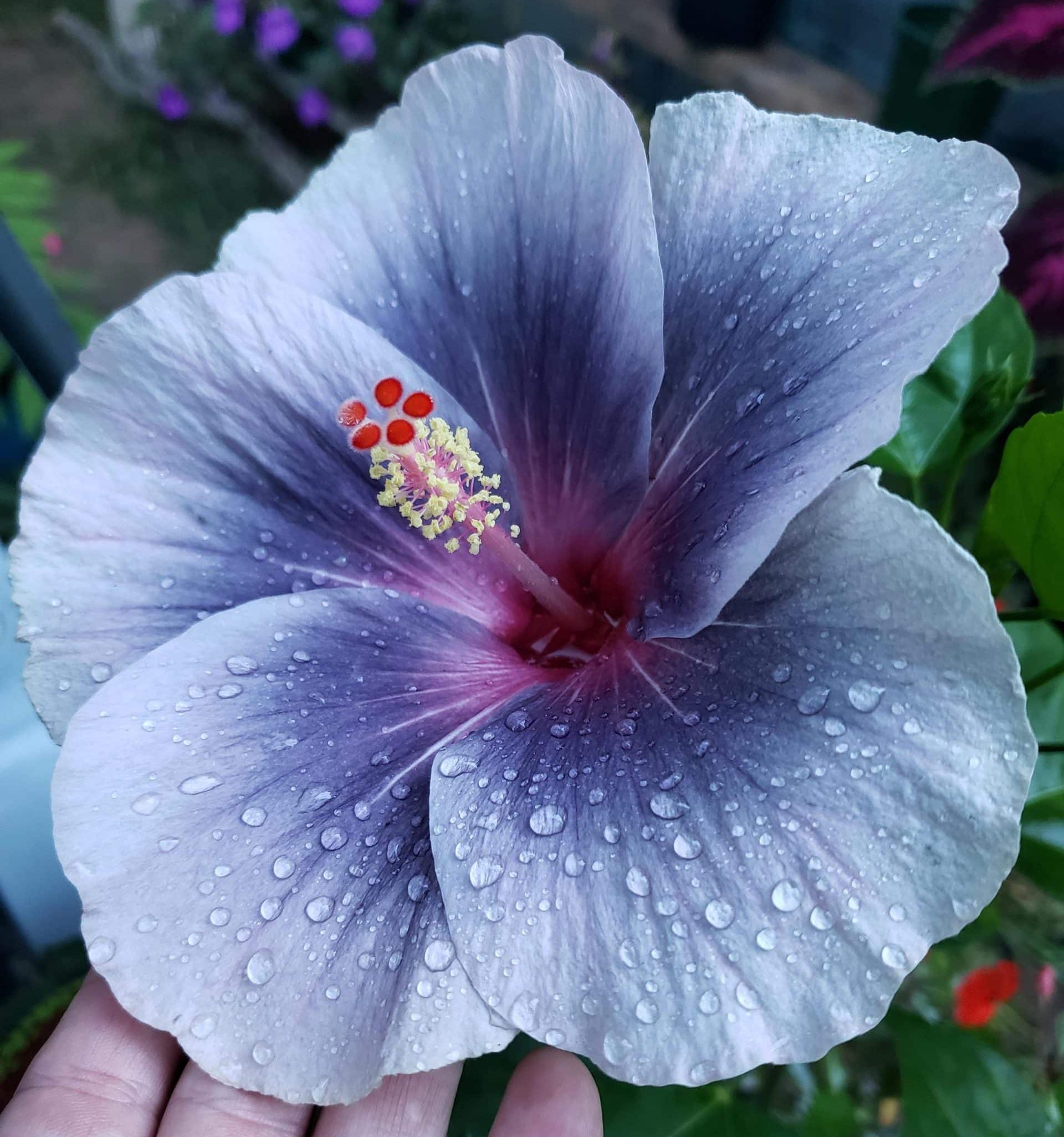
1. Choosing the Right Spot:
Before planting your Midnight Tryst Hibiscus, it’s essential to select the perfect spot in your garden. These plants thrive in full sunlight, so find a location that receives at least six to eight hours of direct sunlight each day. Additionally, ensure the soil is well-drained to prevent waterlogging, which can lead to root rot.
2. Preparing the Soil:
Once you’ve chosen the spot, it’s time to prepare the soil. Midnight Tryst Hibiscus prefers slightly acidic to neutral soil with a pH level between 6.0 and 7.0. You can test your soil using a pH meter or soil testing kit available at your local garden center. If necessary, amend the soil with organic matter, such as compost or peat moss, to improve its texture and fertility.
3. Planting the Hibiscus:
When planting your Midnight Tryst Hibiscus, dig a hole that is twice as wide and just as deep as the root ball. Gently remove the plant from its container and place it in the hole, making sure the top of the root ball is level with the surrounding soil. Backfill the hole with soil and water thoroughly to settle the plant in place.
4. Watering and Feeding:
Proper watering is crucial for the health of your Midnight Tryst Hibiscus. Water the plant deeply once or twice a week, allowing the soil to dry out slightly between waterings.
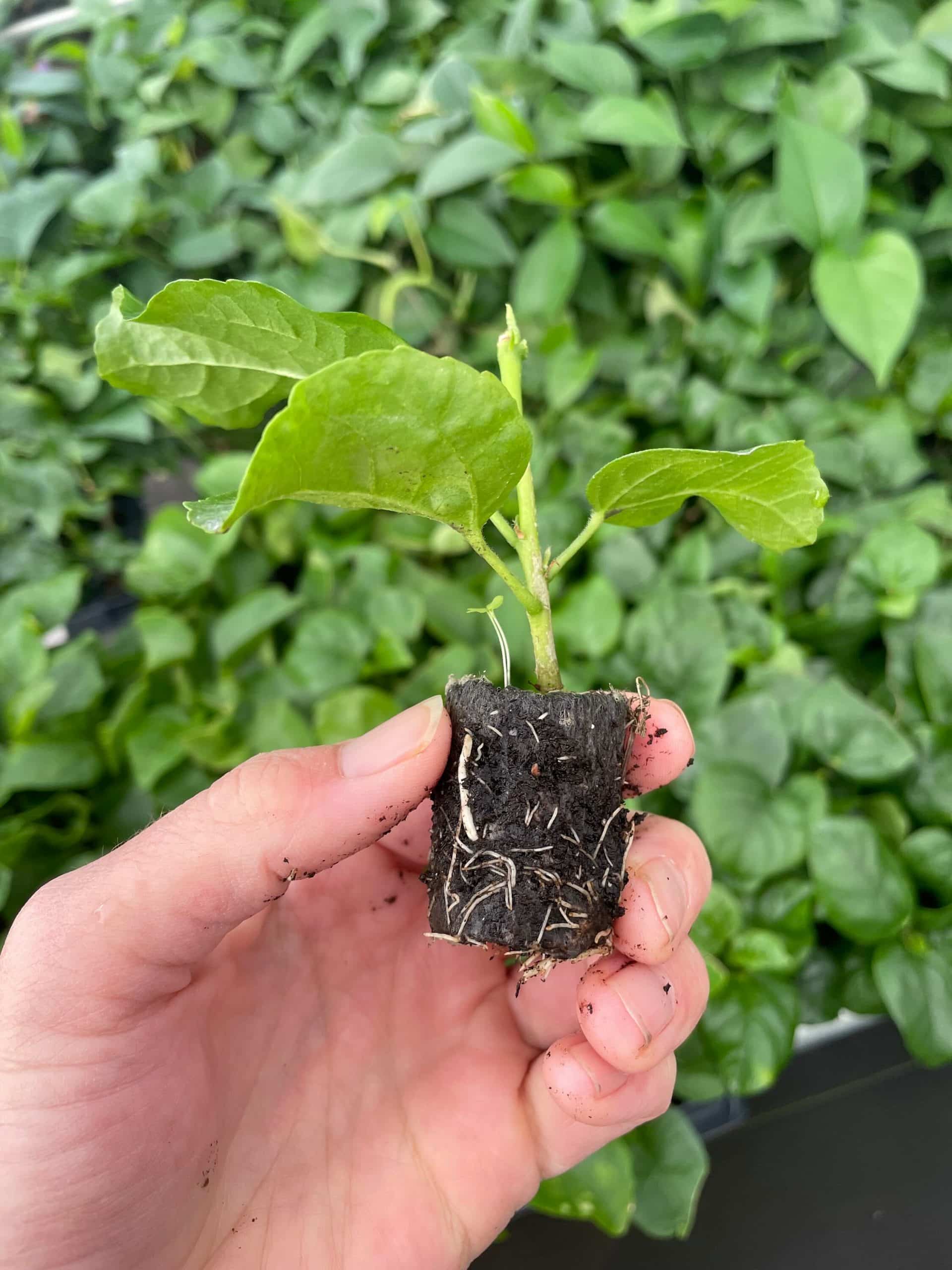
During hot, dry weather, you may need to water more frequently to prevent the soil from drying out completely. Additionally, feed your hibiscus with a balanced fertilizer formulated for flowering plants every four to six weeks during the growing season to promote healthy growth and abundant blooms.
5. Pruning and Maintenance:
To keep your Midnight Tryst Hibiscus looking its best, prune it regularly to remove dead or damaged branches and encourage new growth. You can also pinch back the tips of the branches to promote bushier growth and more flowers. In colder climates, consider mulching around the base of the plant in late fall to protect the roots from freezing temperatures.
6. Pest and Disease Control:
While Midnight Tryst Hibiscus is relatively resistant to pests and diseases, it’s essential to monitor your plants regularly for any signs of trouble. Aphids, spider mites, and whiteflies are common pests that may attack hibiscus plants, while fungal diseases such as powdery mildew and leaf spot can occur in humid conditions. Treat any infestations or infections promptly with organic or chemical controls as needed.
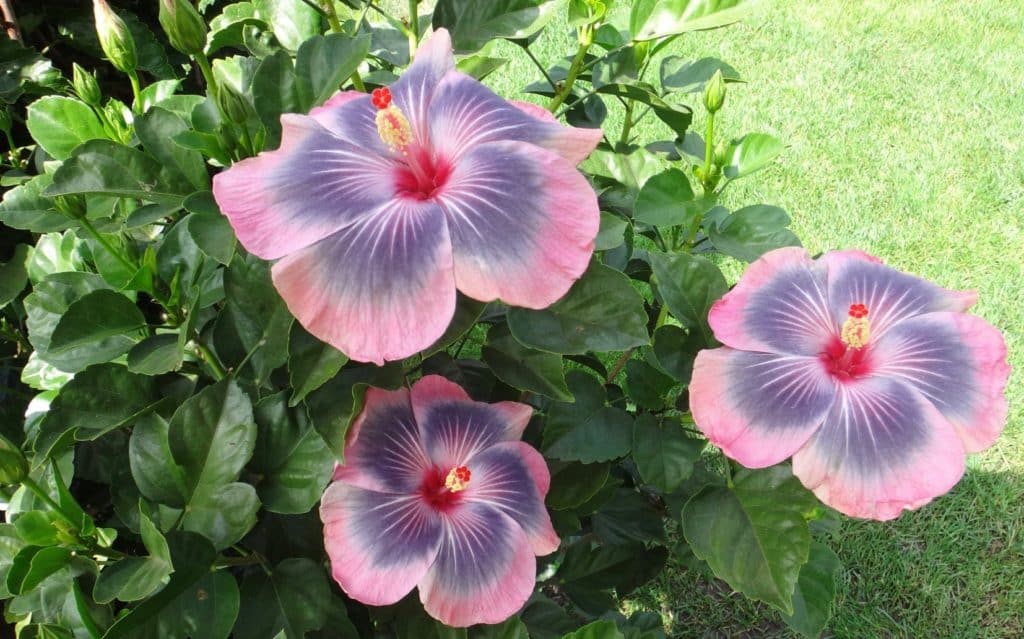
Tips and Tricks
Deadheading: Remove spent flowers regularly to encourage continuous blooming throughout the season.
Winter Care: In colder climates, consider bringing potted Midnight Tryst Hibiscus indoors for the winter or providing adequate protection from frost.
Mulching: Apply a layer of mulch around the base of the plant to help retain moisture and suppress weeds.
Support: Provide support for tall or leggy stems to prevent them from bending or breaking in strong winds.
Keep In Mind
Remind yourself to regularly inspect your Midnight Tryst Hibiscus for signs of pests, diseases, or nutrient deficiencies. Early detection and intervention can help maintain the health and vigor of your plants.
Experiment with different planting locations and soil amendments to find the optimal conditions for your Midnight Tryst Hibiscus.
Don’t be discouraged if your plant doesn’t bloom immediately after planting. It may take some time for the plant to settle in and establish itself before producing flowers.
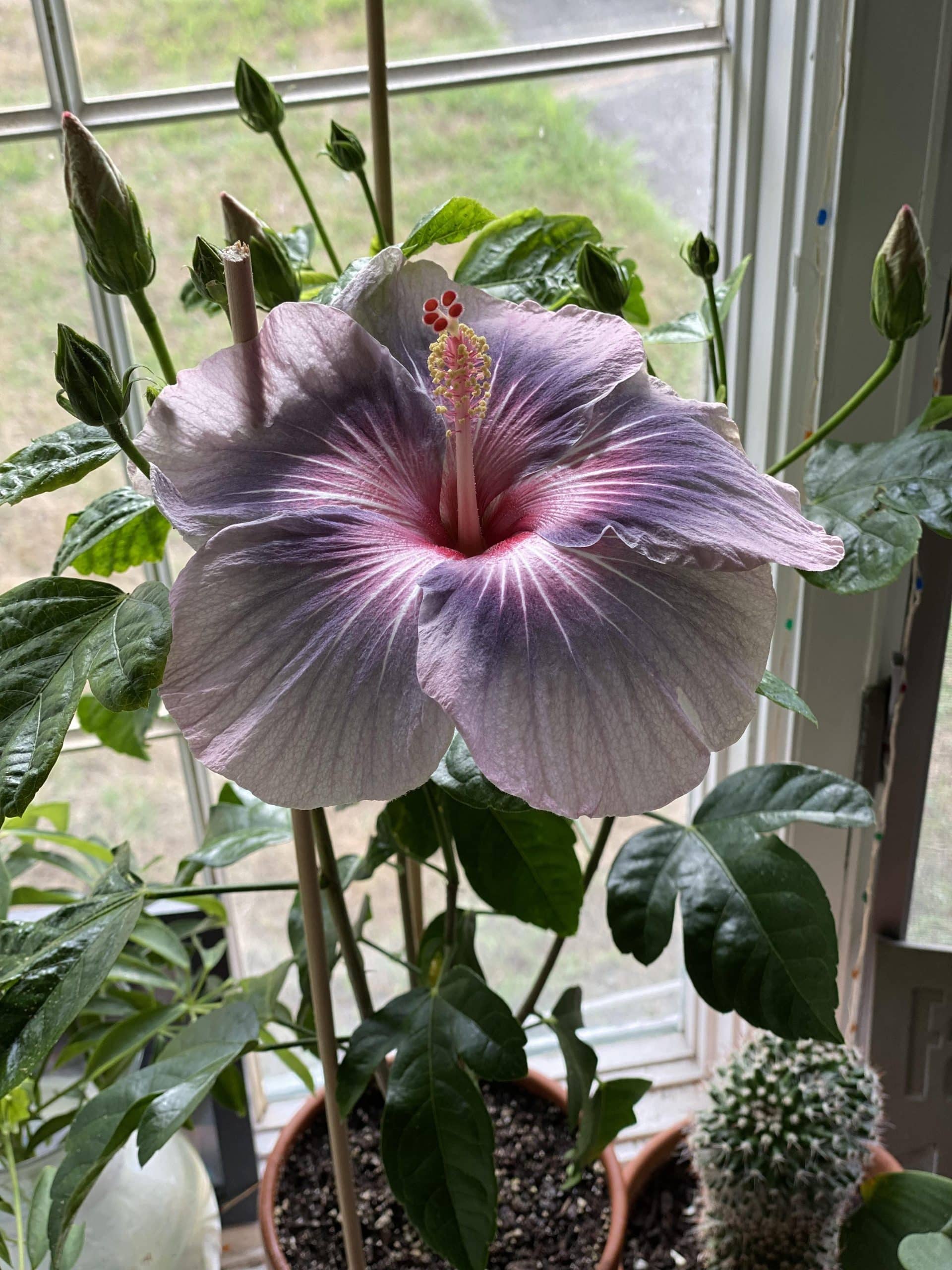
Enjoy the process of growing your Midnight Tryst Hibiscus and take pride in the beauty it brings to your garden. With patience and care, you’ll be rewarded with stunning blooms for years to come.
Q&A
1. How big does a Midnight Tryst Hibiscus grow?
Midnight Tryst Hibiscus can reach a height of 4 to 6 feet and a spread of 3 to 4 feet, depending on growing conditions and care.
2. When is the best time to plant Midnight Tryst Hibiscus?
The best time to plant Midnight Tryst Hibiscus is in the spring after the danger of frost has passed. This allows the plant to establish itself before the hot summer months.
3. Can I grow Midnight Tryst Hibiscus in a container?
Yes, Midnight Tryst Hibiscus can be grown in containers, but make sure the container is large enough to accommodate the plant’s root system. Use a well-draining potting mix and water regularly to prevent the soil from drying out.
4. Is it normal for Midnight Tryst Hibiscus to drop its leaves in winter?
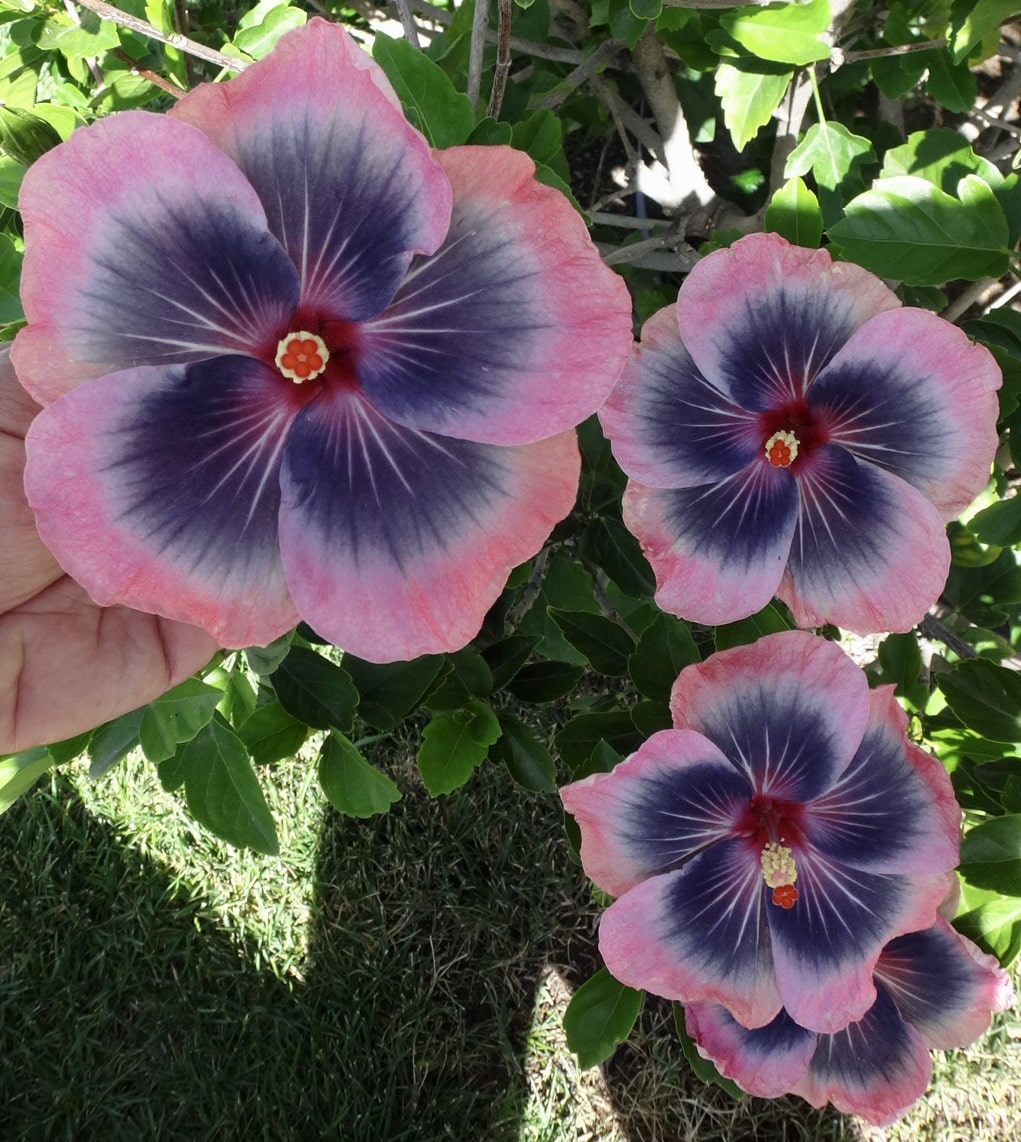
Yes, it is normal for Midnight Tryst Hibiscus to drop some of its leaves in winter, especially in colder climates. This is a natural response to lower light levels and cooler temperatures. As long as the stems remain green and healthy, the plant should regrow its leaves in spring.
5. How do I propagate Midnight Tryst Hibiscus?
Midnight Tryst Hibiscus can be propagated from cuttings taken in spring or summer. Select a healthy stem with several nodes, remove the lower leaves, and dip the cut end in rooting hormone before planting in a well-draining potting mix. Keep the cutting moist and warm until roots develop, then transplant it into a larger container or into the garden.
6. Are Midnight Tryst Hibiscs plants toxic to pets?
While Midnight Tryst Hibiscus is not considered highly toxic to pets, it’s always best to keep curious animals away from the plant to prevent ingestion. Some pets may experience mild gastrointestinal upset if they consume the leaves or flowers. If you suspect your pet has ingested any part of the plant, contact your veterinarian for advice.
By following these simple steps, you can grow your own stunning Midnight Tryst Hibiscus and enjoy its beautiful blooms all season long. With proper care and attention, your garden will be the envy of all who see it!
